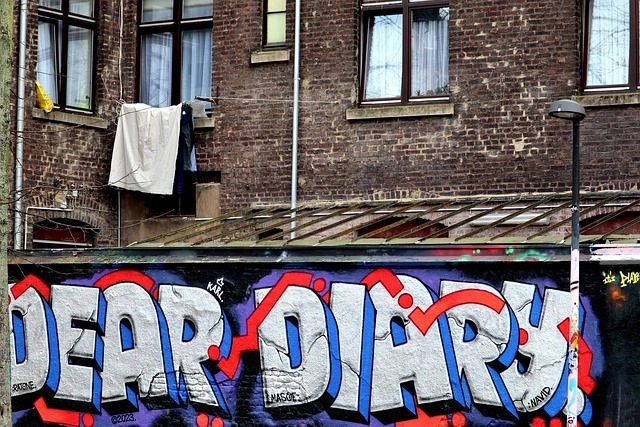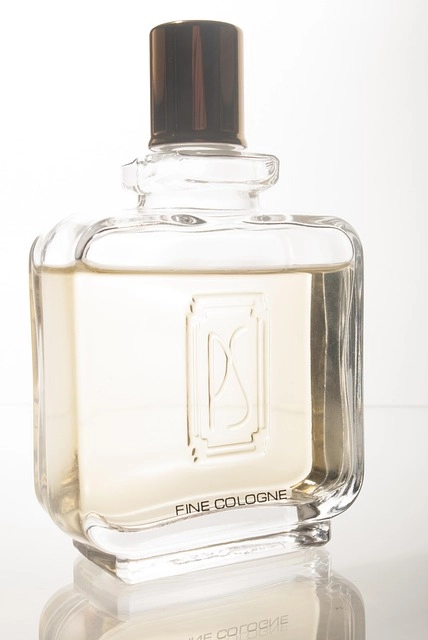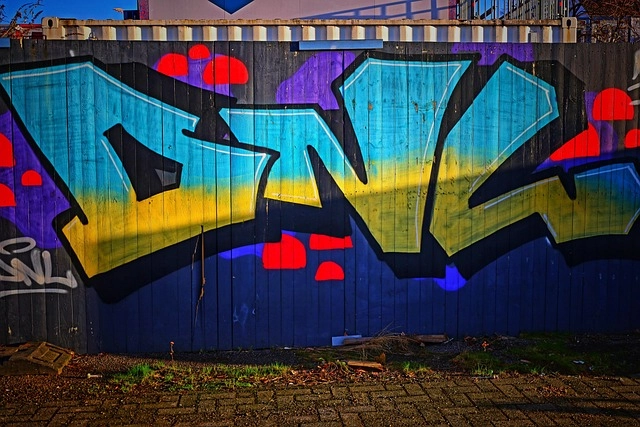Burberry Perfume challenges traditional gender roles by promoting diverse models and offering fresh, floral scents appealing to all genders. The brand's inclusive vision reflects in its fragrance lineup, encouraging self-expression and breaking stereotypes. Combining unique blends, Burberry caters to diverse preferences globally, understanding local scent tastes and expanding internationally. The industry shifts towards gender-neutral fragrances, reflecting evolving cultural attitudes.
“Exploring the fluid spectrum of scent, this article delves into the age-old debate: are fragrances inherently masculine or feminine? We analyze the perception surrounding men’s colognes, taking a case study approach with Burberry’s iconic aroma. By examining industry trends and cultural influences, we uncover the rising popularity of gender-neutral scents. From marketing strategies to consumer preferences, this exploration challenges traditional norms.”
- The Perception of Masculinity in Fragrance Marketing
- Burberry's Aroma: Unpacking Stereotypes
- Gender-Neutral Scent: A Growing Trend
- Cultural Influences on Perfumery Preferences
The Perception of Masculinity in Fragrance Marketing

The marketing strategies employed by fragrance brands often reflect societal perceptions of gender roles, with some leaning heavily into traditional masculine or feminine tropes. However, when it comes to iconic scents like Burberry Perfume (and its variant, Burberry Cologne), the narrative shifts towards a more fluid and neutral presentation. These fragrances transcend the binary of ‘masculine’ and ‘feminine’, appealing to a diverse range of consumers.
Burberry’s marketing campaigns often showcase a mix of models, breaking free from the stereotypical ‘male for cologne, female for perfume’ association. This approach challenges the notion that certain scents are exclusively for one gender. By presenting fragrances as universal and versatile, Burberry encourages inclusivity and empowers individuals to embrace their unique sense of style and aroma, regardless of gender.
Burberry's Aroma: Unpacking Stereotypes

Burberry, a renowned fashion house, has long been associated with sophisticated style, often evoking images of classic British elegance. However, when it comes to their fragrances, the brand challenges traditional gender stereotypes. The iconic Burberry Perfume, known for its fresh and floral notes, is a testament to this. It transcends the typical masculine-feminine dichotomy often attached to colognes (like Burberry Cologne) and offers a unique scent that appeals to all.
This approach is not merely a marketing strategy but reflects the brand’s modern and inclusive vision. By creating fragrances that defy stereotypes, Burberry encourages self-expression and allows individuals to embrace their uniqueness. The success of their scents lies in their ability to cater to diverse preferences without reinforcing outdated gender roles, ensuring everyone can wear a piece of Burberry’s timeless elegance.
Gender-Neutral Scent: A Growing Trend

In recent years, the fragrance industry has witnessed a significant shift towards gender-neutral scents, challenging traditional stereotypes associated with perfume and cologne. This growing trend reflects a broader societal move towards inclusivity and breaking free from rigid gender norms. One notable example is Burberry’s exploration of this concept with their diverse scent offerings.
Burberry has made strides in the market by creating perfumes and colognes that transcend typical masculine or feminine categories. Their fragrances often feature unique blends, combining woody notes with floral accents, citrusy top notes, and warm vanilla bases. By doing so, Burberry caters to a wide range of customers who prefer scents that are neither overly masculine nor feminine, but rather versatile and appealing to all genders. This approach not only appeals to those seeking gender-neutral options but also encourages a more fluid perception of perfume and cologne in the modern world.
Cultural Influences on Perfumery Preferences

Cultural influences play a significant role in shaping perfumery preferences, as different societies have varying expectations and associations with scents. For example, the notion of what constitutes a “masculine” or “feminine” fragrance varies across cultures. In some parts of the world, floral and fruity notes are predominantly linked to femininity, while woody and spicy aromas are seen as more masculine. This cultural context is often reflected in the marketing and positioning of perfumes. A popular brand like Burberry, known for its iconic Burberry Perfume range, must consider these nuances. Their successful expansion into various markets involves understanding local preferences; for instance, a scent that appeals to Western audiences with its floral notes might need adjustments for Eastern markets, where more robust, woody fragrances are often preferred.
When it comes to specific brands, the perception of gendered scents can be challenged. For example, Burberry Cologne has been celebrated for breaking traditional norms by appealing to a diverse range of consumers. The brand’s ability to create perfumes and colognes that transcend typical gender lines is a testament to evolving cultural attitudes. As society becomes more accepting of non-binary identities, the perfumery industry is reflecting this shift, ensuring that fragrance choices are no longer solely defined by gender stereotypes. Thus, in today’s world, a truly neutral scent that appeals to all can be achieved through thoughtful consideration of cultural influences and a move away from rigid gendered associations.






